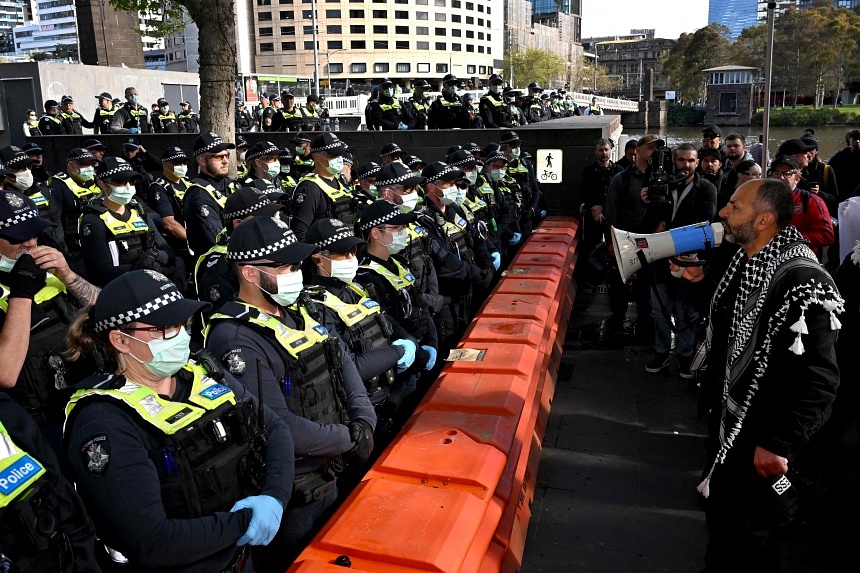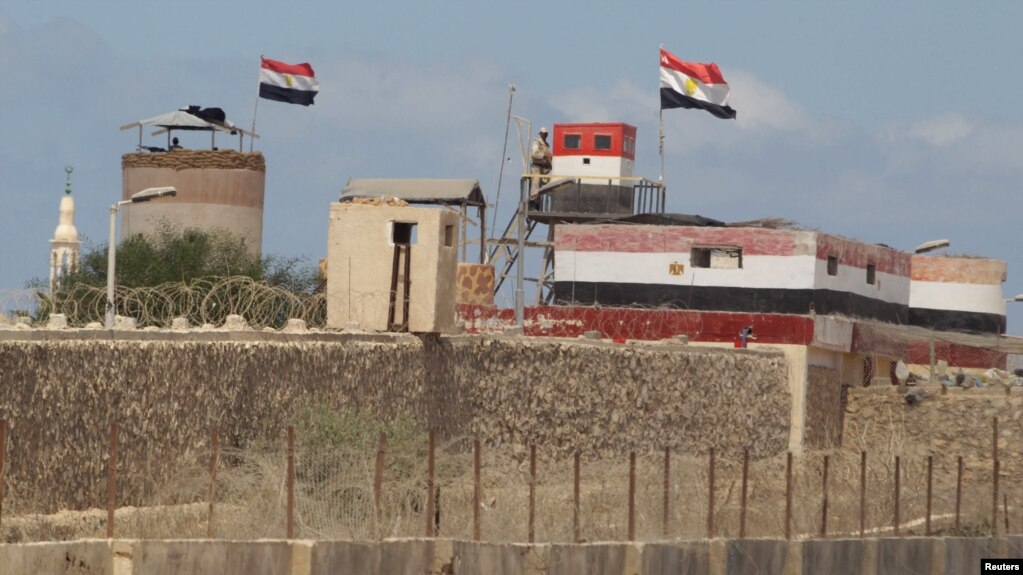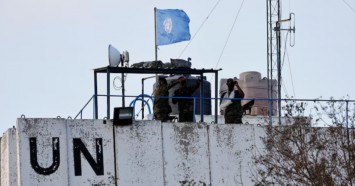(Xinhua) 08:35, September 12, 2024

Margaret Kincannon, daughter of a veteran of Flying Tigers, takes pictures of wreckage from Flying Tigers bombers displayed at an exhibition in Huimin Village in Anqing City, east China's Anhui Province, Sept. 10, 2024. (Xinhua/Guo Chen)
HEFEI, Sept. 11 (Xinhua) -- Jeffrey Greene, 70, was deeply moved by the sight of wreckage from Flying Tigers bombers displayed at an exhibition in Huimin Village in Anqing City, east China's Anhui Province.
Greene, chairman of the Sino-American Aviation Heritage Foundation, was part of a delegation of foundation members and descendants of Flying Tigers veterans visiting the exhibition on Tuesday.
Greene said that it was the first time he saw and touched the remains of bombers in the very place where his father served during the War of Resistance Against Japanese Aggression. "It's a memory I will carry with me for the rest of my life."
The Flying Tigers, formally known as the American Volunteer Group of the Chinese Air Force, was formed in 1941 by U.S. General Claire Lee Chennault. They came to China to help the Chinese people fight the invading Japanese troops.
The Anhui section of the Yangtze River was a key supply route during the war, and several Flying Tigers planes crashed in the region due to combat or mechanical failures.
In 2013, a local fisherman named Ma Jinbing and others from Huimin Village accidentally retrieved parts of three Flying Tigers planes from the river, including landing gears, engines and fuselage sections.
"We caught these pieces in our fishing nets. As soon as we realized their importance, everyone stayed on shore day and night to protect them," said Ma, 56, adding that the local government soon built an exhibition hall to house these historic remains.
Since its opening, more than 600,000 people have toured the exhibition hall. "The real-life, moving historical stories between the Chinese and American people continue to resonate deeply with visitors," said Wang Maofang, a senior volunteer docent.
Data shows that more than 2,000 Flying Tigers personnel died during the war, and over 200 in distress were rescued by the Chinese people.
Nearly 95 percent of downed pilots from the Flying Tigers were saved by the Chinese, and no matter where they parachuted, they would be rescued, according to Chennault's memoir Way of a Fighter.
The Chinese government has long honored this profound historical bond. Earlier this month, the country released, for the first time, a list of 2,590 anti-Japanese aviation martyrs from the United States, most of whom were from the Flying Tigers.
Numerous museums, memorials and heritage parks focusing on the Flying Tigers have been established, and friendship school programs have been launched in several provinces, including Sichuan, Hunan and Yunnan.
Greene highlighted the importance of fostering understanding and stronger communication between Chinese and American youth. He noted that his foundation plans to assist in upgrading the Flying Tigers exhibition hall and expanding the friendship school program in Anhui.
"With face-to-face exchanges, we can understand each other better and develop better relationships," said Margaret Kincannon, daughter of a veteran.

Jeffrey Greene, chairman of the Sino-American Aviation Heritage Foundation, has a touch of the wreckage from Flying Tigers bombers displayed at an exhibition in Huimin Village in Anqing City, east China's Anhui Province, Sept. 10, 2024. (Xinhua/Guo Chen)
(Web editor: Zhang Kaiwei, Zhong Wenxing)


















